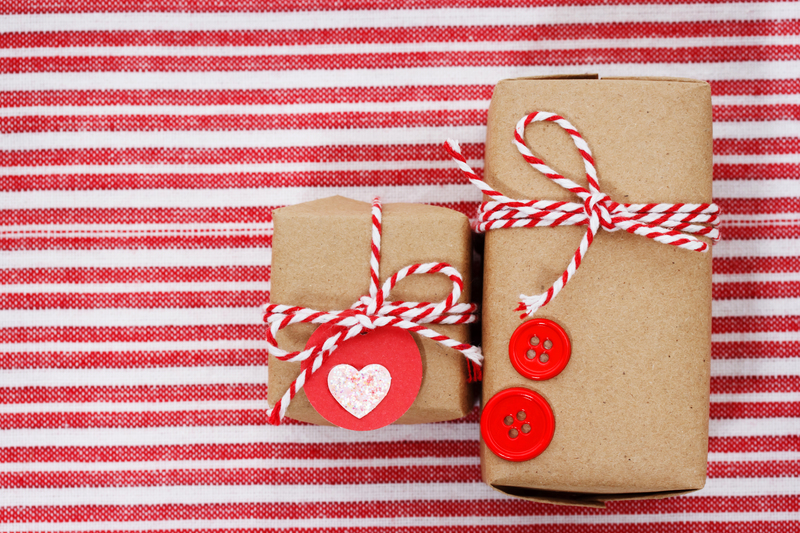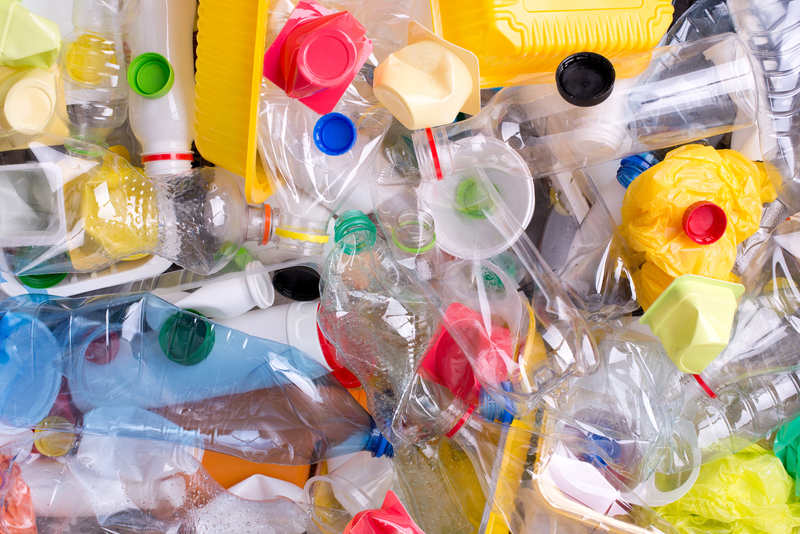Turning Outdated Pots and Pans into Sustainable Materials: A Comprehensive Eco-Friendly Guide
The old cookware in your kitchen doesn't have to add to landfill waste. Transforming worn-out pots and pans into sustainable materials is an impactful way to promote environmental responsibility while decluttering your space. In this article, we'll explore practical, creative, and eco-conscious strategies to give new life to your used cookware.
Why Repurpose or Recycle Outdated Cookware?
With environmental awareness on the rise, the question of what to do with nonstick, stainless steel, or aluminum pots and pans is more critical than ever. Sustainable solutions for outdated cookware save energy, reduce waste, and can even foster creativity at home. The benefits include:
- Reducing landfill clutter: Cookware can take generations to break down in landfill environments, exacerbating our waste problem.
- Conserving resources: Recycling and upcycling cookware saves raw materials and energy needed to produce new items.
- Supporting circular economy: By turning old pots and pans into sustainable materials, we contribute to an economy that values reuse and resource preservation.
- Sparking innovation and creativity at home: DIY projects help breathe new life into otherwise-discarded items.

Understanding the Materials in Old Pots and Pans
Before jumping into upcycling or recycling your outdated pots and pans, it's essential to identify what materials they are made from, as this can influence how they can be repurposed or recycled. Common materials include:
- Aluminum: Lightweight and rust-resistant, popular in affordable cookware.
- Stainless Steel: Durable, rust-resistant, and highly recyclable.
- Copper: Highly conductive with unique aesthetic value, but more complex to recycle domestically.
- Cast Iron: Extremely durable but heavy and often coated with seasoning oils.
- Non-stick Coatings (e.g. Teflon): Cookware with non-stick coatings is trickier to recycle through regular facilities due to the chemicals involved.
Once you know the composition of your cookware, the next steps are much easier and more effective.
Eco-Conscious Recycling: Giving Pots and Pans a Second Life
1. Municipal and Specialized Metal Recycling
Many municipalities offer metal recycling programs that accept old pans made from aluminum, stainless steel, or copper. However, non-stick cookware often requires specialized facilities due to its chemical coatings. Follow these steps to ensure proper recycling:
- Check with your local waste management or recycling center to confirm if they accept cookware and what condition it should be in--such as whether handles, plastic parts, or coatings must be removed first.
- For non-stick pans, inquire about special drop-off events or facilities that can handle Teflon or ceramic coatings safely.
- For large quantities, look for a local scrapyard. Metal scrapyards pay for aluminum, copper, and steel, though requirements for acceptance may vary.
- Always clean and dry your pots and pans before handing them over.
Advantages: This route ensures the metal is properly sorted, melted down, and used for the manufacturing of new metal products--closing the recycling loop.
2. Donation: Extending the Lifespan
If your cookware is still functional--even if it looks old--it may be perfect for donation. Consider these options:
- Charity shops and second-hand stores can sell gently used pots and pans.
- Community centers, shelters, or food charities may accept donations for their kitchens.
- Art studios, schools, or theater groups sometimes use old pans for craft or prop purposes.
Giving away rather than throwing out helps others while preventing waste--incredibly sustainable!
3. Upcycling: Turning Outdated Pots and Pans into Creative Sustainable Materials
Even if your cookware has seen better days, you can turn it into something new, useful, or decorative. Upcycling extends the life of old materials and reduces demand for newly produced goods, contributing to a more sustainable home.
- Planters: Turn large pots, pans, or even teapots into quirky, durable planters for your garden or windowsill. Drill drainage holes, fill with soil, and plant herbs or succulents.
- Wall Art and Organizers: Paint or decorate old pan surfaces to create funky wall clocks, chalkboards, or kitchen organizers--hang utensils from pan handles for easy access.
- Bird Feeders: Suspend pans or small pots on tree branches to create rustic bird feeders.
- Candle Holders: Heavy-bottom pans or small muffin tins work perfectly as sturdy bases for handmade candles.
- Sculptures and Garden Features: Get creative and assemble multiple outdated cookware items into whimsical yard art or functional garden trellises.
Upcycling harnesses your creativity and supports sustainability by keeping materials in use for as long as possible.
Innovative Solutions: Industrial Upcycling and Emerging Technologies
Beyond household repurposing, innovative companies and startups are seeking ways to turn worn-out cookware into new sustainable materials. Here's how:
1. Industrial Metal Reclamation
Enterprises specializing in metal reclamation accept large amounts of old cookware, melting them down to produce new items like bicycle frames, construction materials, and automotive parts. The high-grade metals found in cookware--especially stainless steel and aluminum--are highly sought after due to their purity and resistance to corrosion.
By channelling outdated cookware into industrial recycling streams, we help conserve energy, reduce mining, and cut greenhouse gas emissions.
2. Composite Materials from Cookware Scraps
Some research teams are experimenting with combining ground-up cookware (especially non-stick pans) with recycled plastics, resins, or concrete, producing hybrid materials with new properties. These composites can be used in construction panels, decorative tiles, or industrial components, pushing the boundaries of what was previously considered 'waste.'
3. Artisanal and Designer Repurposing
Forward-thinking artists use old kitchenware as their raw material for furniture, lighting installations, and even wearable art. These innovative uses show what's possible when creativity meets sustainability.
Challenges and Considerations in Recycling Outdated Pots and Pans
While recycling and upcycling bring many benefits, there are some important challenges to be aware of:
- Coatings and Mixed Materials: Non-stick coatings and plastic handles require special handling and may not be accepted at all recycling facilities.
- Contamination: If food residue, chemicals, or oil remain on cookware, they can disrupt recycling processes. Thorough cleaning is crucial.
- Local Regulations: Recycling processes and accepted materials vary by region. Always double-check local policies before dropping off your cookware.
By staying informed and engaged, you ensure your old pots and pans become part of the sustainable materials supply chain, not just landfill fodder.
Choosing Sustainable Cookware for the Future
As we recycle and repurpose outdated cookware, let's also consider ethical and eco-friendly choices for new purchases:
- Opt for products made from recycled materials: Many cookware brands now offer lines made from recycled aluminum or stainless steel.
- Choose repairable and modular designs: Removable handles or replacement parts make future recycling easier and extend product life.
- Research end-of-life programs: Some manufacturers provide take-back or recycling services for their cookware.
- Support brands prioritizing sustainability: Look for certifications and transparent sourcing when choosing new pots and pans.
This helps close the loop, ensuring that today's sustainable choices remain eco-friendly well into the future.

Case Studies: Success Stories in Cookware Repurposing
Community Workshops Turning Waste into Art
Some community makerspaces run classes to teach locals how to turn seen-better-days pans into sustainable art and home products. This not only diverts metal from the waste stream but also brings people together to learn new skills and appreciate the value of reuse.
Brand Programs for Cookware Recycling
Several major cookware manufacturers now work with recycling companies to reclaim old products. For example, customers can return broken pots and pans in exchange for discounts on new eco-friendly lines.
This circular economy approach fosters both loyalty and sustainability, inspiring other companies to follow suit.
Zero-Waste Home Bloggers Leading by Example
Online, sustainable living influencers regularly showcase how to upcycle outdated cookware into unique items--like hanging baskets, toy bins, or bathroom organizers--encouraging their audiences to think creatively before discarding *anything*.
Conclusion: From Outdated to Outstanding Sustainable Materials
Turning outdated pots and pans into sustainable materials is not just an eco-friendly trend--it's a vital part of modern environmental stewardship. Whether you choose to recycle, upcycle, donate, or embrace industrial repurposing, your actions make a tangible difference.
By being mindful about how we dispose of old cookware--and choosing sustainable options for new purchases--we not only reduce waste but also inspire innovation and community involvement. Together, we can create a world where even expired pots and pans have a valuable role to play.
Helpful Tips for Getting Started:
- Sort your outdated cookware by material for easier recycling or repurposing.
- Get creative--browse DIY forums or eco-friendly websites for upcycling ideas.
- Stay informed on local recycling policies to make sure your materials are processed correctly.
- Encourage friends and family to join you in sustainable cookware practices.
Remember, every pot and pan you save from the landfill is a step towards a more sustainable future. Give your old cookware a new chapter--be it as art, garden fixtures, or as part of tomorrow's products!
